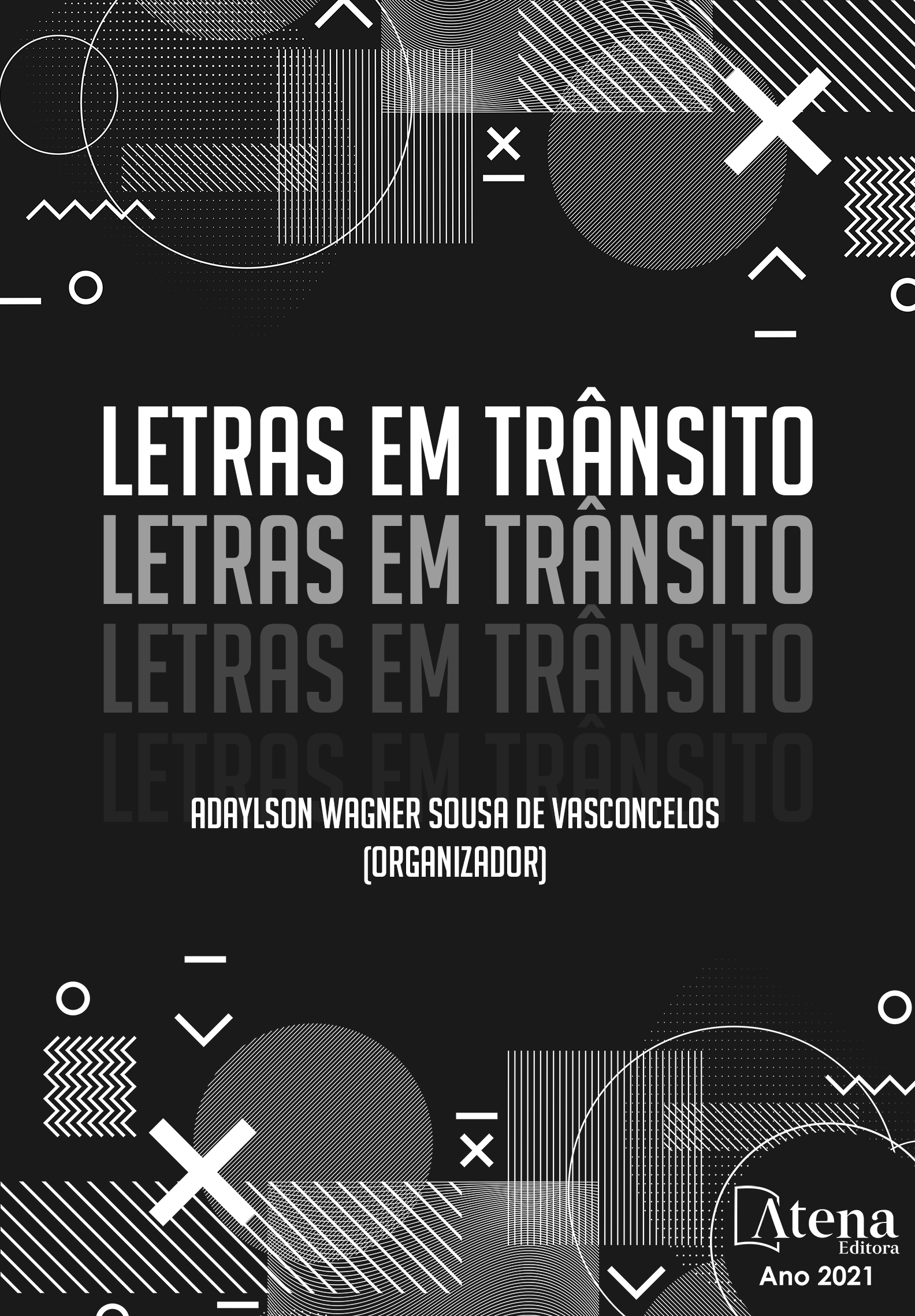
A IMPORTÂNCIA DO TRADUTOR E INTÉRPRETE NA UTILIZAÇÃO DOS TRADUTORES AUTOMÁTICOS
Em detrimento das análises acerca da atuação do tradutor/intérprete frente aos desafios contextuais da cultural digital, é notório observar a tendência inovadora de dispositivos comunicativos em tarefas de tradução, para supor a viabilidade, enquanto rapidez e praticidade, na obtenção de uma tradução equivalente. Nesse sentido, o objetivo do presente artigo é investigar de que maneira a relação entre tradução humana (TH) e tradução automática (TA) podem convergir a uma perspectiva de integração colaborativa, tendo em vista o pressuposto teórico da Teoria do Skopos de Veermer (1986) e da abordagem funcionalista de Nord (1991). Logo, tratando-se de uma revisão de literatura de cunho qualitativo (CRESSWELL, 2010; YIN, 2016), o artigo pontua a interface na relação entre o papel do tradutor e a utilização dos tradutores automáticos. Sobre isso, destacamos o caráter ético da postura de um tradutor bicultural na busca da sincronia equivalente das mensagens de partida e chegada de uma língua, conquanto o uso recorrente de traduções automatizadas não supõe uma interpretação correlata entre os sentidos dos signos e códigos linguísticos. Por conseguinte, sugerimos a importância da investigação continuada de pesquisas sobre a premência da temática apresentada, com enfoque nas relações colaborativas de integração entre TA e atividades tradutórias.
A IMPORTÂNCIA DO TRADUTOR E INTÉRPRETE NA UTILIZAÇÃO DOS TRADUTORES AUTOMÁTICOS
-
DOI: https://doi.org/10.22533/at.ed.2792116078
-
Palavras-chave: Tradutor/Intérprete; Cultura digital; Tradução Automática.
-
Keywords: Translator/Interpreter; Digital Culture; Machine Translation.
-
Abstract:
In consideration to the analyses about the translator/interpreter's performance and the contextual challenges of digital culture, it is observed an innovative tendency of communicative devices in translation tasks, to suppose the viability, as to speed and practicality, in obtaining an equivalent translation. In this sense, the aim of this paper is to investigate how the relationship between human translation (HT) and machine translation (MT) can converge to a collaborative integration perspective, considering the theoretical assumptions of Veermer's Skopos Theory (1986) and the Nord's functionalist approach (1991). Thus, the article composes a qualitative literature (CRESSWELL, 2010; YIN, 2016) to point out the interface between the translator’s role and the use of automatic translators. In this regard, we highlight the ethical posture of the bicultural translator for the synchronization of the equivalence between the messages of departure and arrival of a language, since the recurring use of machine translations does not imply a correlated interpretation between the meanings of the signals and the linguistic codes. Therefore, we suggest the importance of continued research of this theme, focusing on collaborative relationships of integration between MT and translation activities.
-
Número de páginas: 12
- John Wirley Cavalcante da Silva
- Thayana Brunna Queiroz Lima Sena
- MIrella Mota Cavalcante da SIlva


